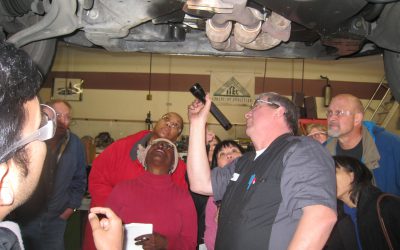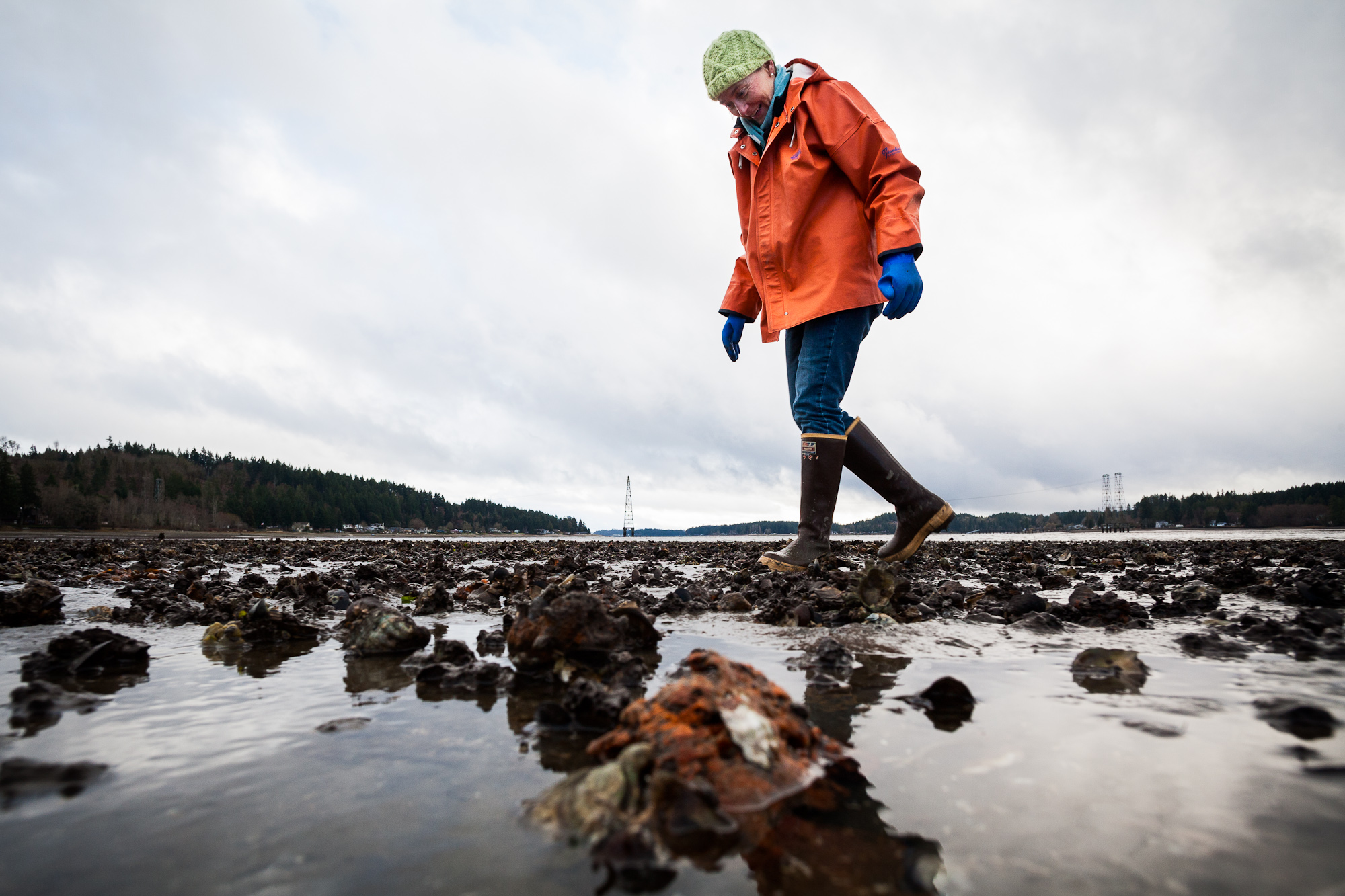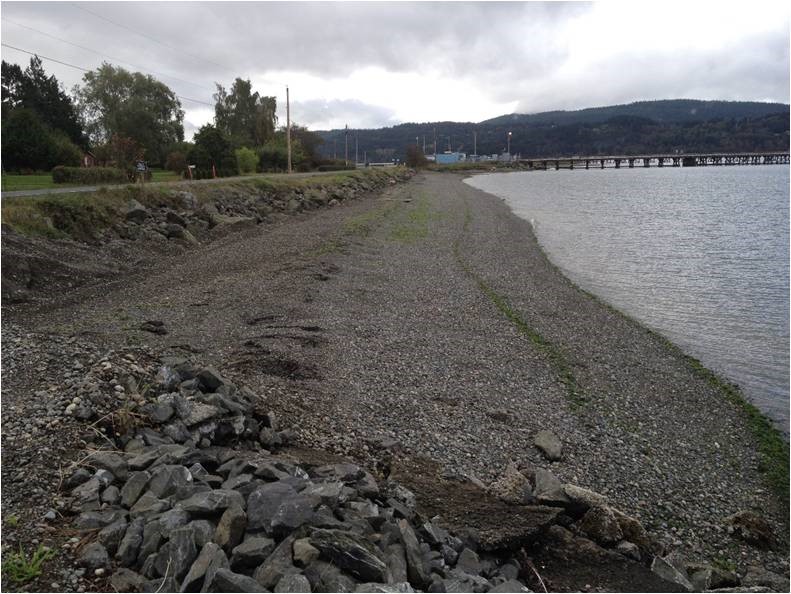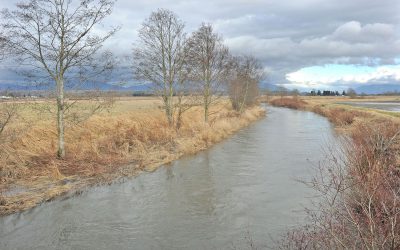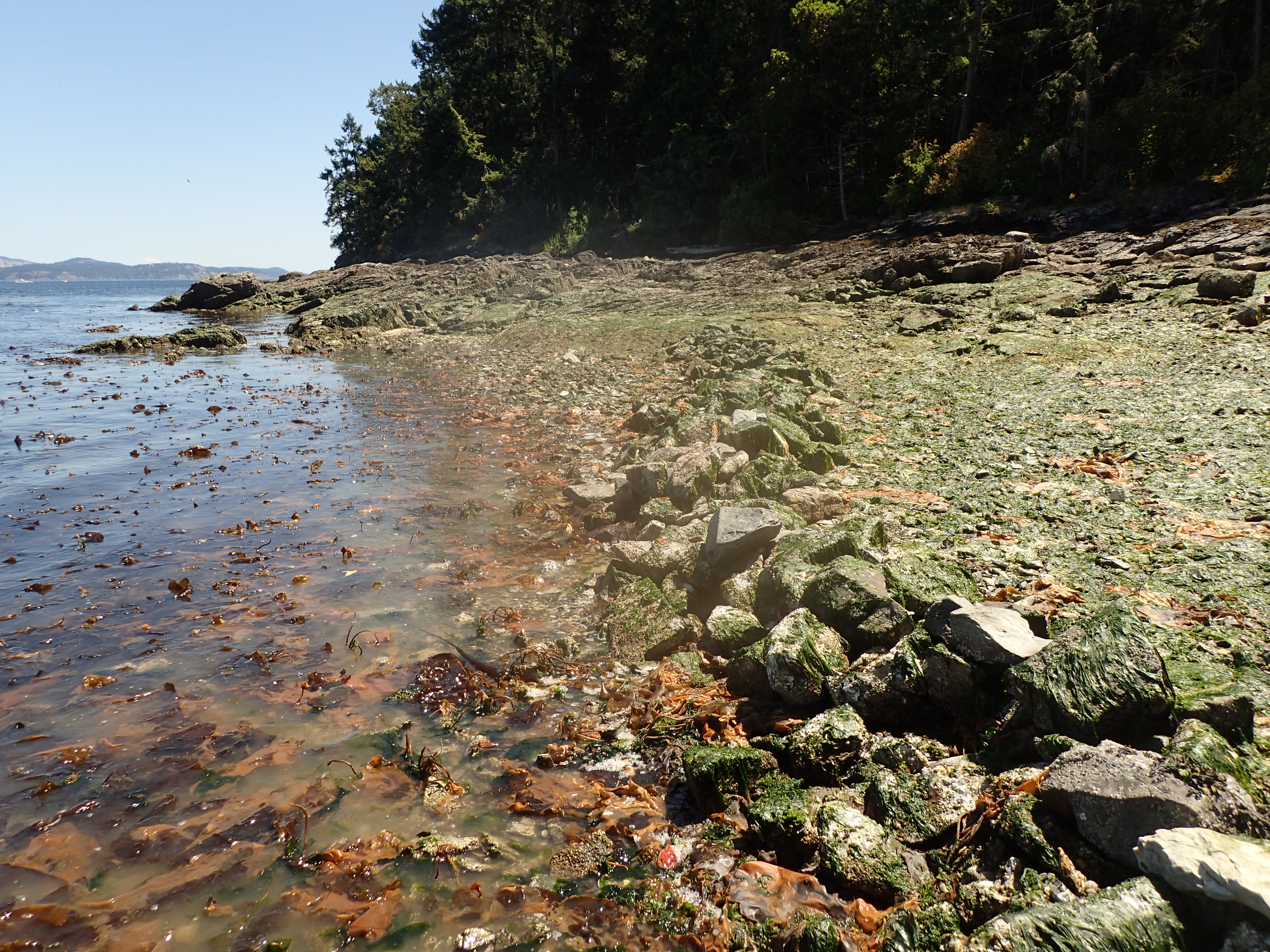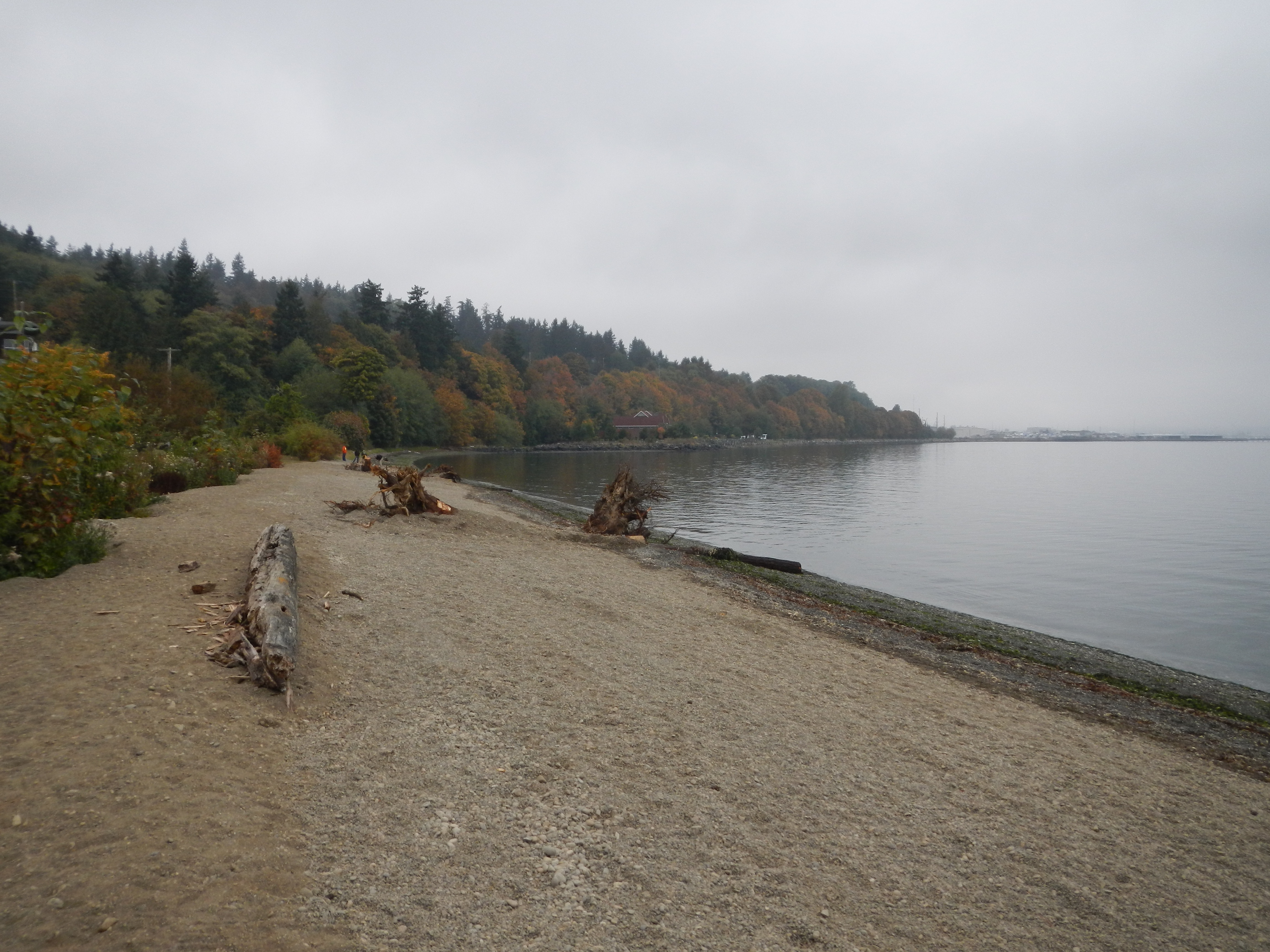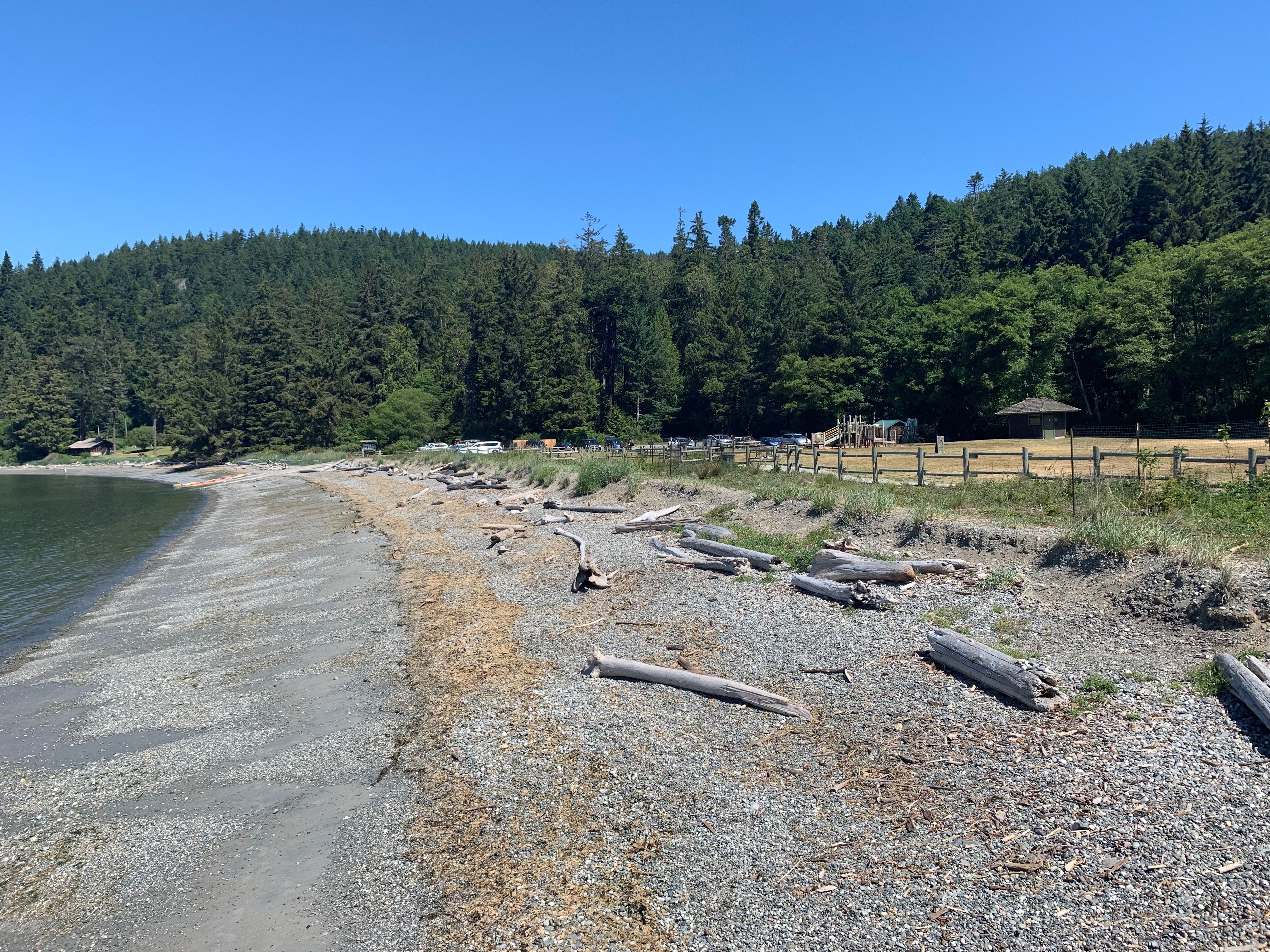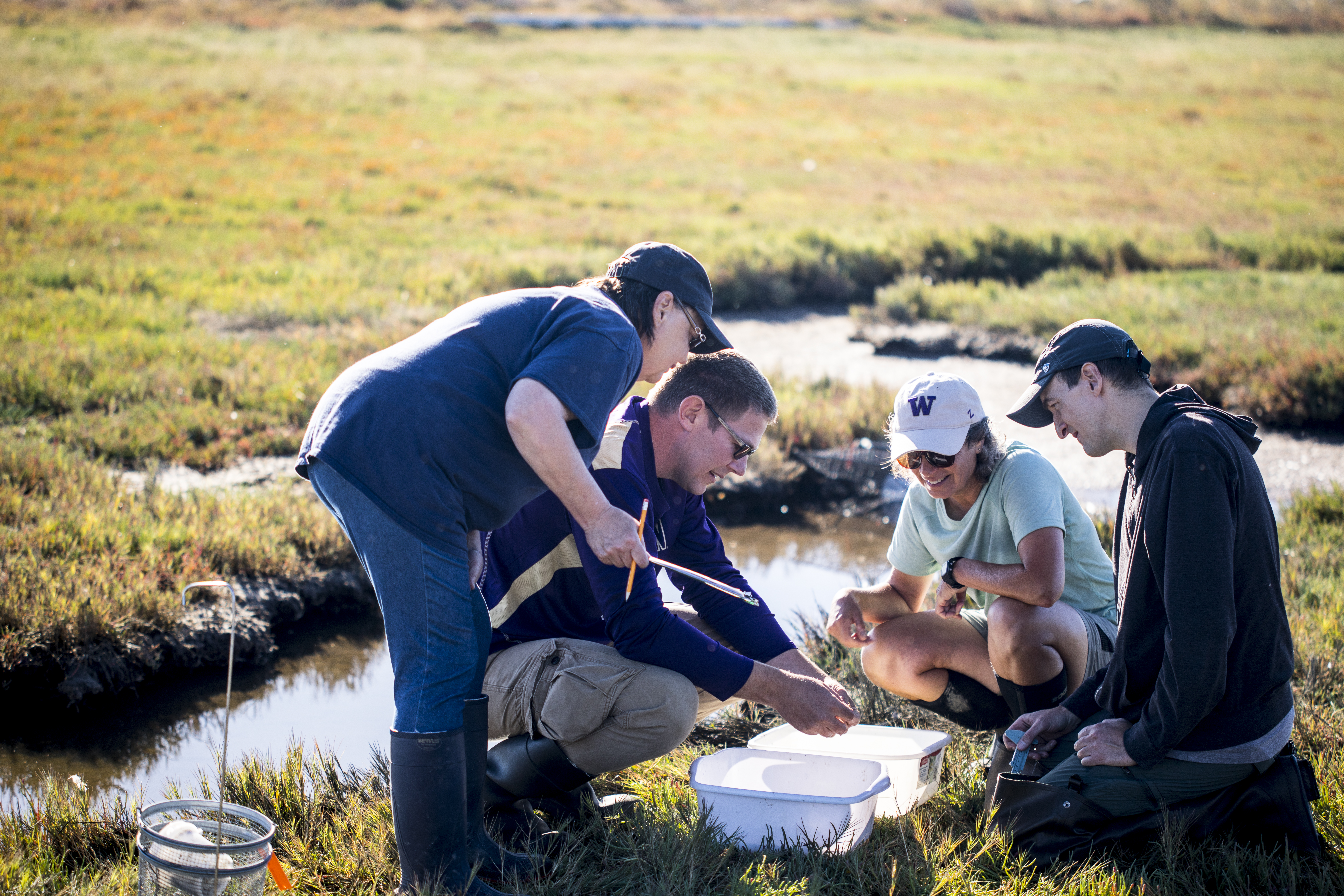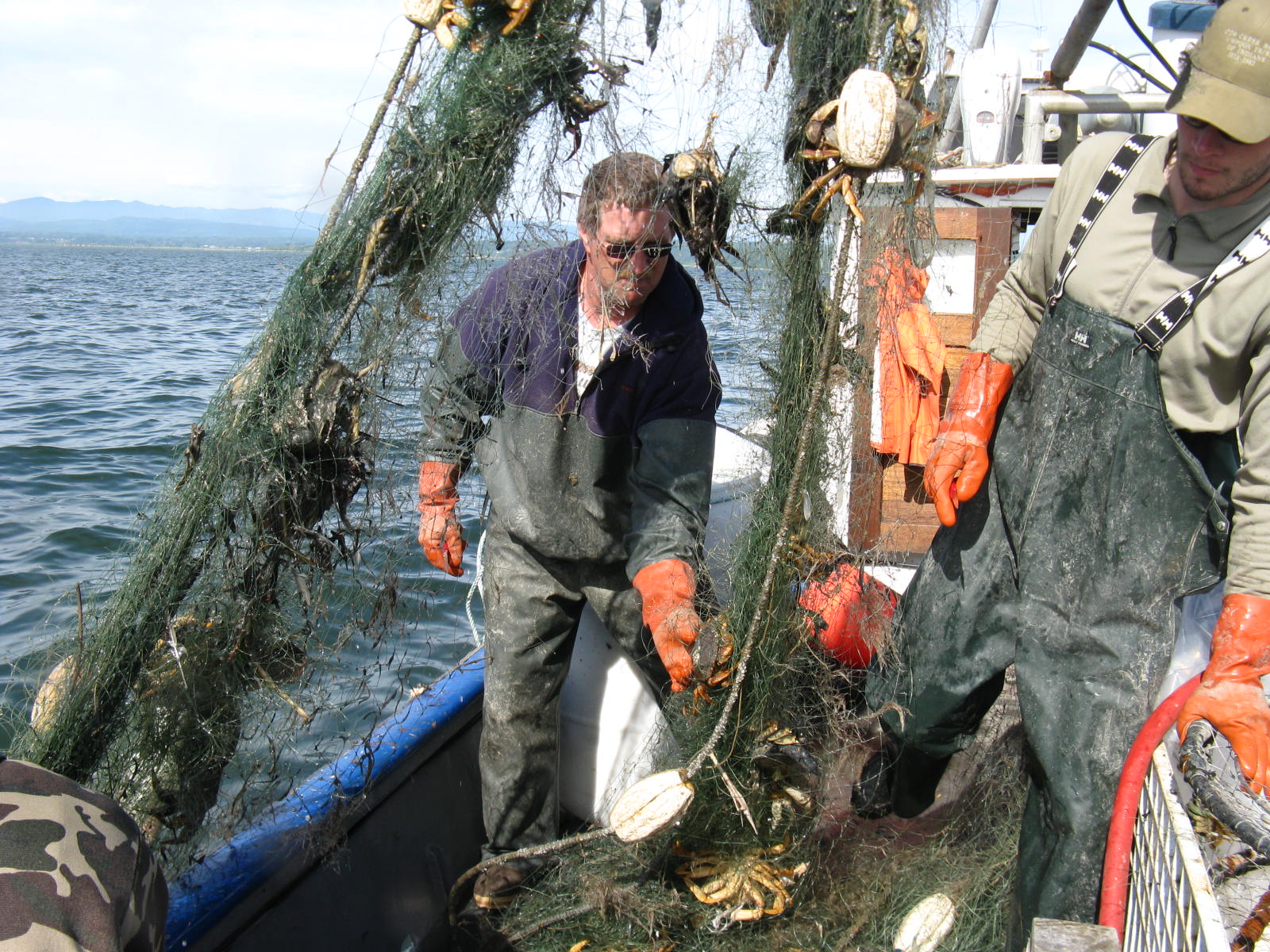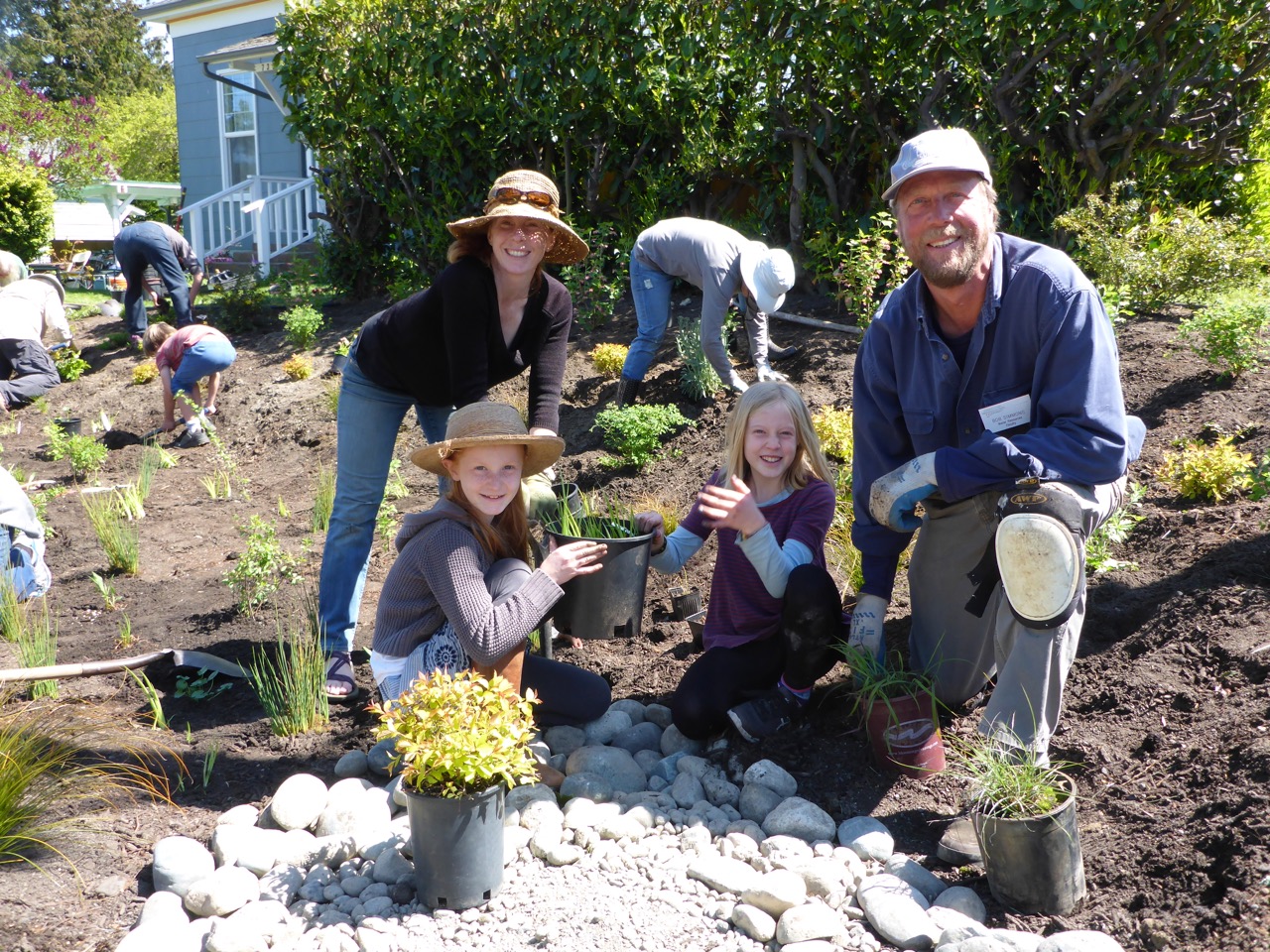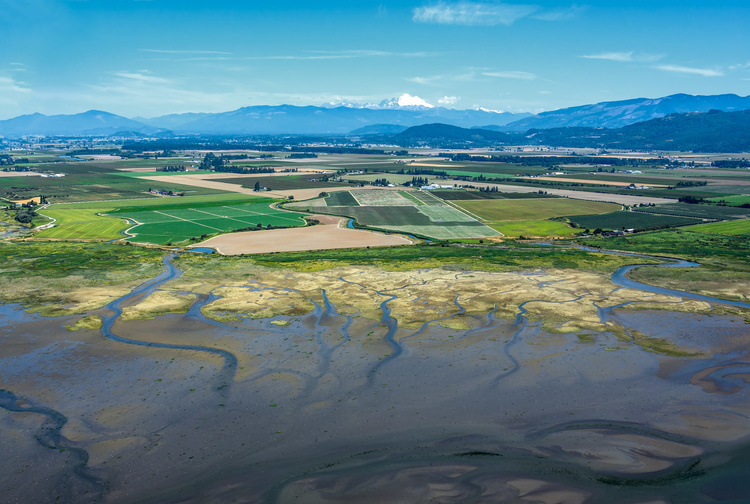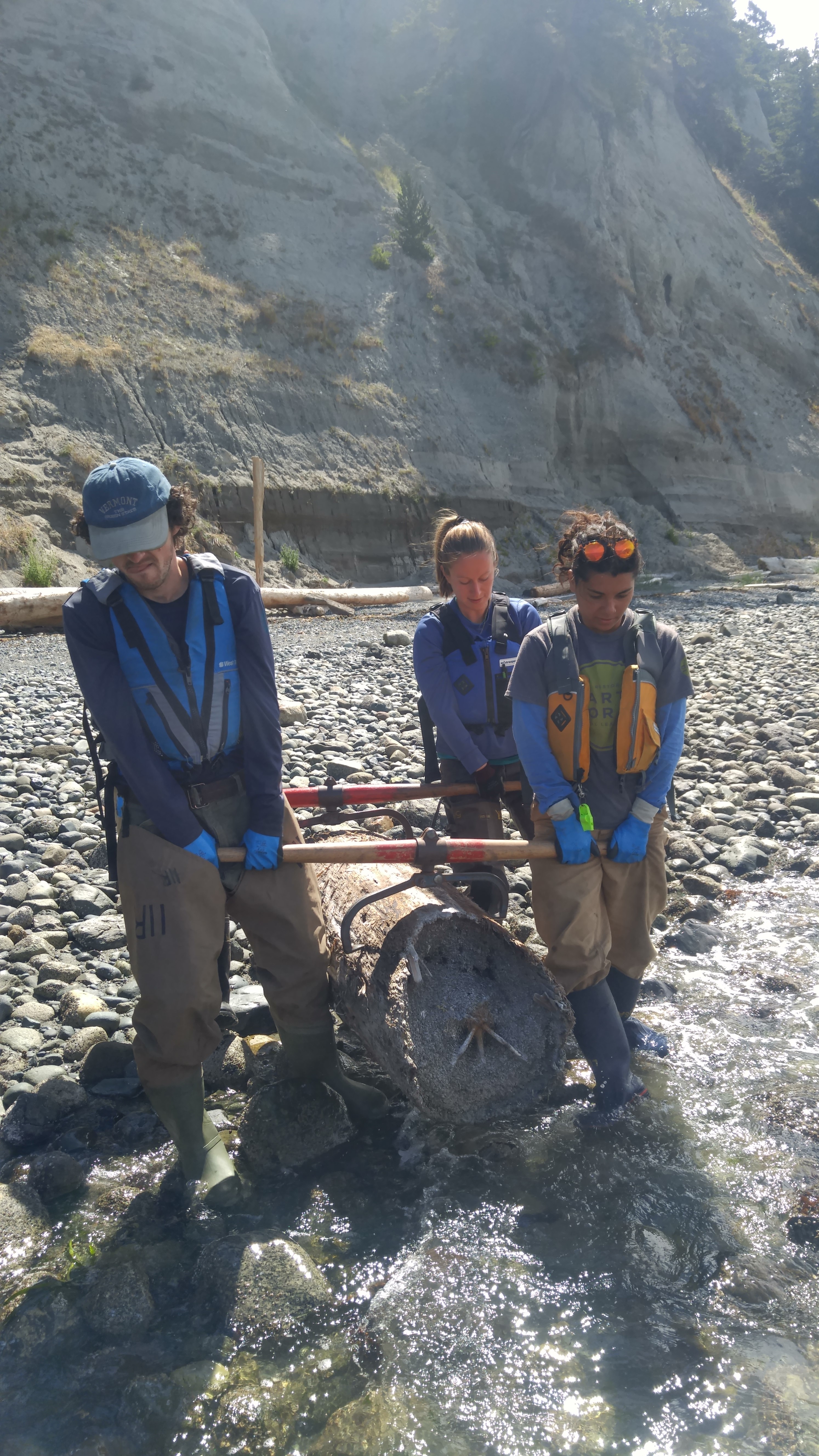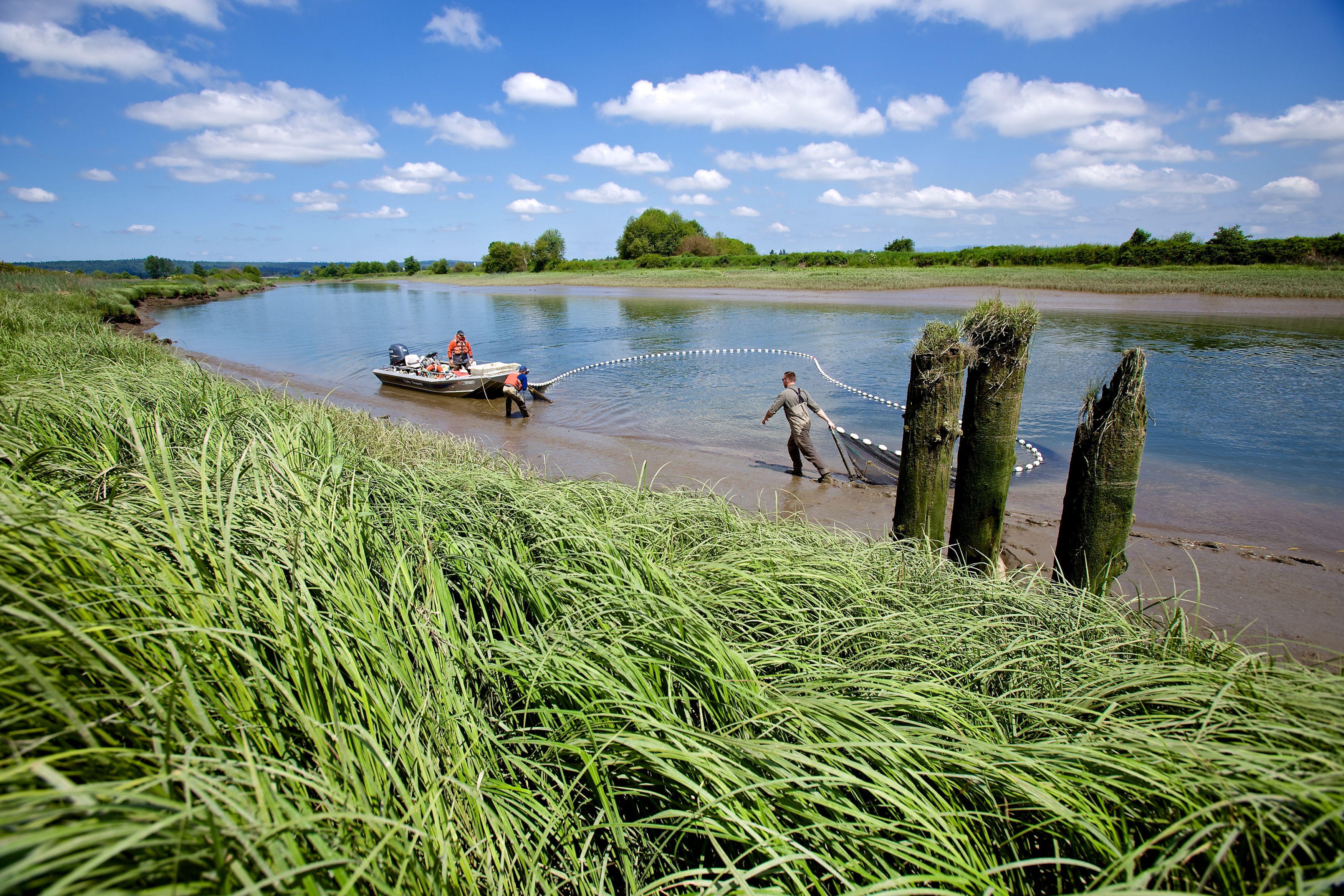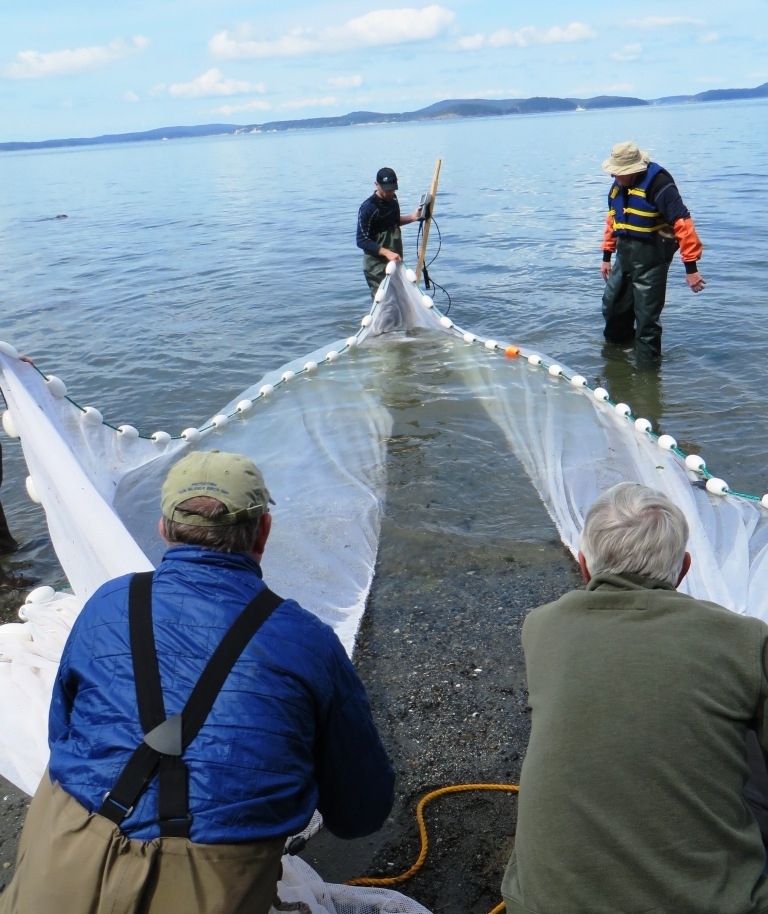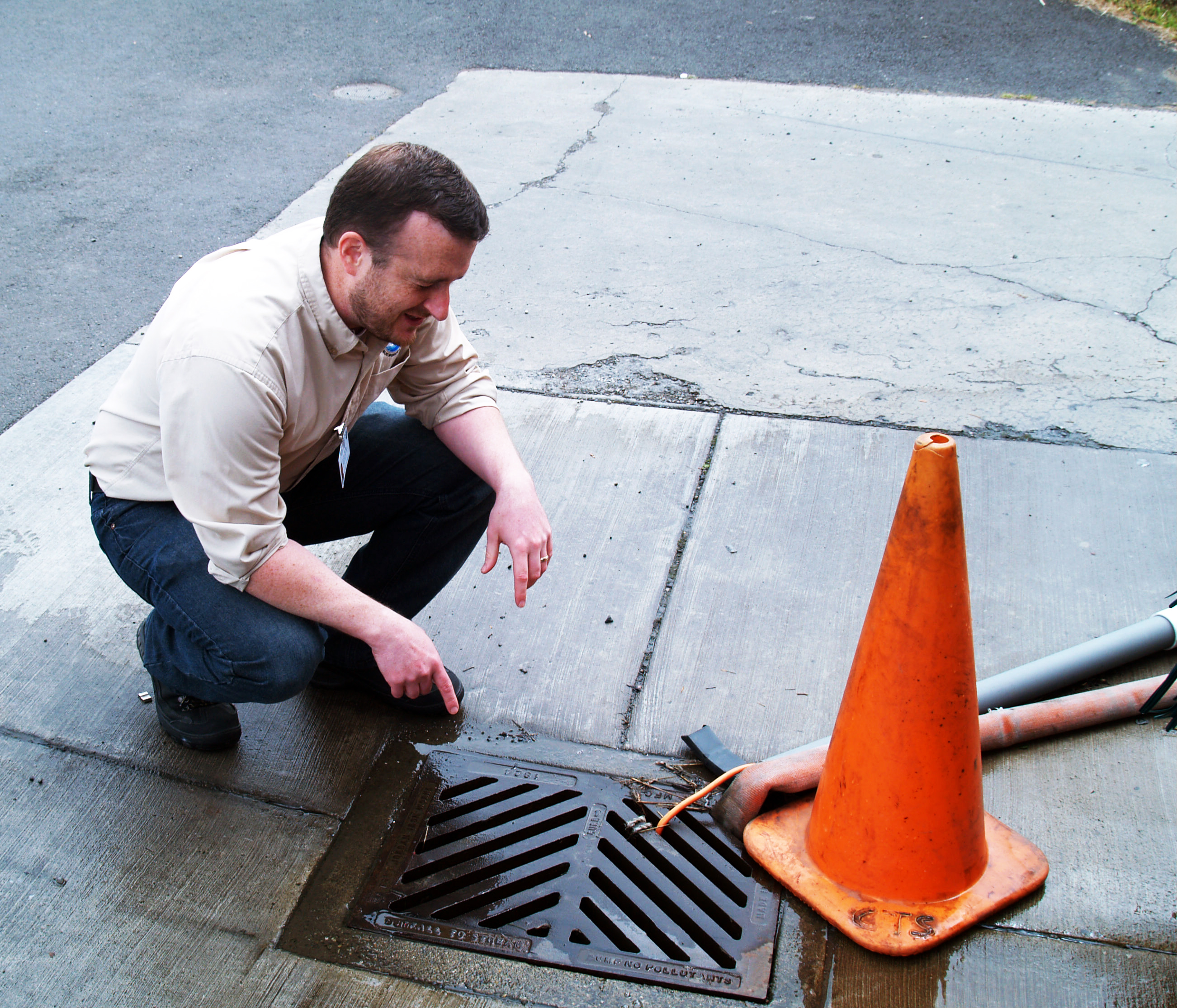Helping drivers prevent pollution from drips and leaks Each year, vehicles driving around Puget Sound leak approximately 7 million quarts of vehicle fluids, including motor oil, fuel, lubricants and more into the Puget Sound watershed. Oil and other petroleum products...
Regional On-site Sewage System Loan Program
Helping homeowners repair or replace failing on-site sewage systems The Regional On-site Sewage System Loan Program (RLP) in Washington State consolidates multiple county-level on-site sewage system loan programs into a single public-private partnership between the...
Olympia Oyster Restoration
Rebuilding native oyster beds and important habitat The Olympia oyster is Washington's original oyster. As our only native oyster species, they help keep our estuaries healthy by providing habitat for a diverse community of organisms. The oysters grow in aggregations,...
March’s Point Nearshore Restoration
Rebuilding beaches for forage fish March's Point is located on the northeast opening to Fidalgo Bay in Skagit County near two oil refineries. After an oil spill at the site in 1991, a large volume of beach sand was removed as part of the clean-up. The beach continued...
Weaverling Spit Nearshore Habitat Restoration
Removing bulkheads to create habitat for forage fish Weaverling Spit is located on Fidalgo Bay, and is traditional homeland of the Samish people. Bulkheads made of concrete, creosote-timber, or rock piles were originally built to protect property, but the bulkhead was...
Bowman Beach Nearshore Restoration
Restoring an ecosystem and providing a beach to enjoy Bowman Bay is a pocket beach located in the Whidbey Basin at Deception Pass State Park. Prior to the 1970s, a seawall was built to protect a fish hatchery that was operated at the site. The hatchery was dismantled,...
Washington Sea Grant Crab Team
Engaging citizen science volunteers to protect the Salish Sea from invasive European Green Crab The European green crab is listed by the International Union for Conservation of Nature (IUCN) as one of the world's 100 most damaging invasive species. European green...
Northwest Straits Marine Conservation Initiative
Local people. Local solutions. The Northwest Straits Marine Conservation Initiative catalyzes and empowers local communities to conserve and restore their marine resources. Established in 1998, the Northwest Straits Commission provides funding, training and support to...
Fir Island Restoration
CONGRESSIONAL DISTRICT: 2 LEGISLATIVE DISTRICT: 10 WRIA: 3 CITY, COUNTY: Skagit, Skagit County Project Summary The Skagit River and its delta provide habitat to some of the largest runs of Chinook, pink, and chum salmon in the state. Tidal wetlands protect and feed...
Salish Sea Marine Survival
Endangered Species Act listed Puget Sound Chinook salmon populations have plummeted by 50% since the mid-80s and steelhead have experienced even steeper declines. Research points to marine survival as the missing link to recovery. The Salish Sea Marine Survival...

